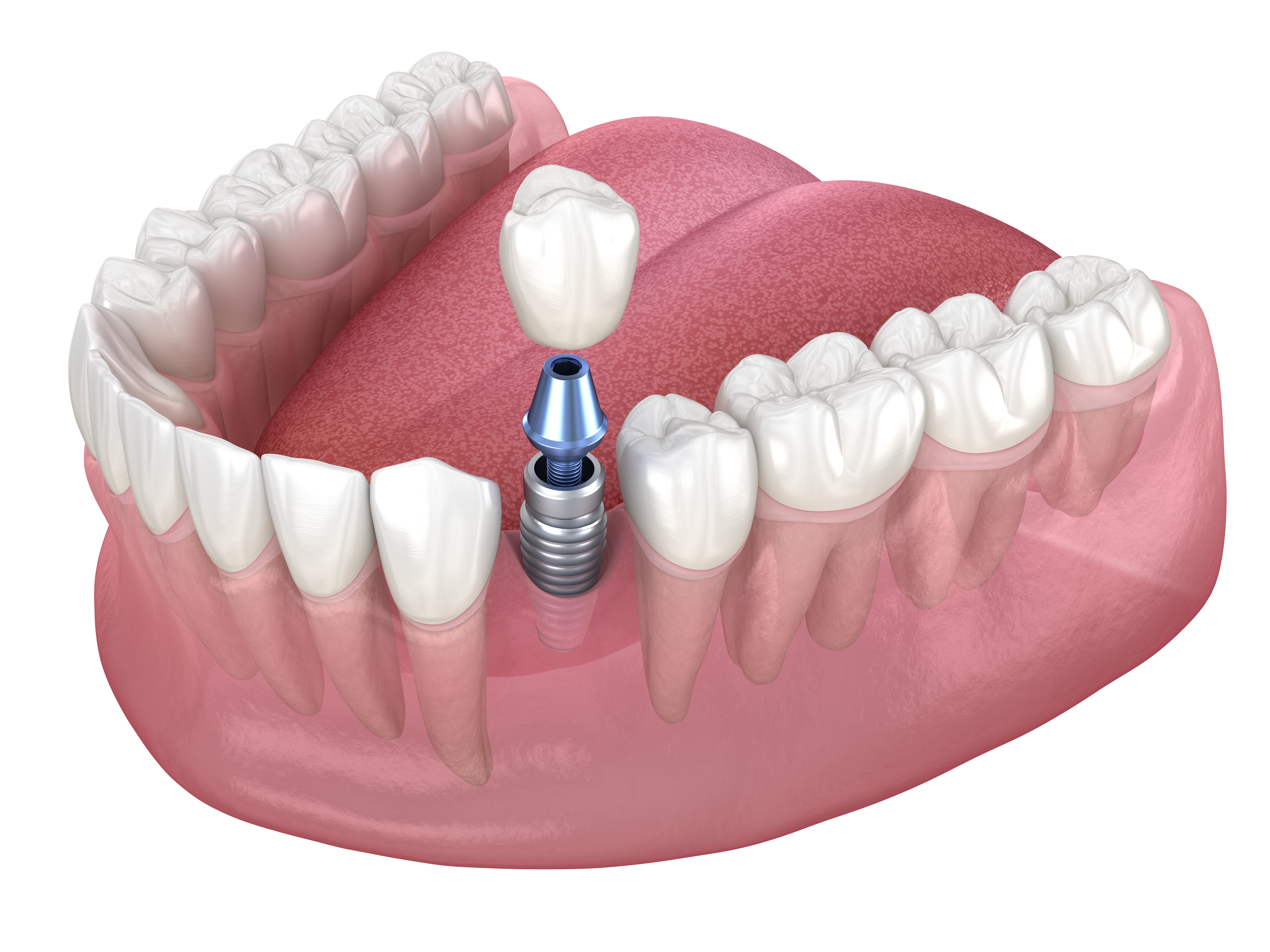Screwless Dental Implants: Advantages and Cost Comparison with Traditional Implants for Seniors in the United States in 2025
Are there gentler, more aesthetic alternatives to traditional dental implants for seniors? Screwless (cement‑retained or press‑fit) implants have been promoted for reduced trauma and improved appearance. This article explains how they work, benefits for older adults, and 2025 U.S. cost considerations.

Understanding Screwless Dental Implants
“Screwless” is a broad term that usually refers to implant restorations that are not retained with an external prosthetic screw. Two common approaches are:
- Cement‑retained (cemented) restorations: A crown or bridge is cemented onto an abutment attached to the implant.
- Friction‑fit or press‑fit systems: Some proprietary systems use friction, conical interfaces, or snap mechanisms to retain the prosthesis without a visible prosthetic screw.
Important technical clarifications: - Implant placement normally requires preparing an osteotomy (a drilled site in the jawbone) to place the titanium implant body; that surgical step is not eliminated by choosing a screwless restoration. - The difference is primarily in how the prosthetic tooth is attached to the implant or abutment after osseointegration, not in whether bone is drilled to accept the implant.
Potential Benefits for Senior Patients (balanced view)
Screwless restorations may offer advantages in some cases, including: - Improved initial esthetics: No visible screw access holes can produce a more natural crown appearance, which matters for anterior teeth. - Avoidance of prosthetic screw‑related mechanical complications (e.g., screw loosening or fracture) because there is no prosthetic screw. - In select cases, fewer in‑chair steps for prosthesis attachment—depending on the system and clinician—may simplify some appointments.
However, these potential benefits must be weighed against limitations and risks (see sections below). Claims that screwless approaches are universally “less invasive” or always lead to faster healing are not supported; invasiveness and healing depend mainly on surgical technique, bone quality, patient health, and overall treatment planning.
Key Risks and Trade‑offs (must‑know for seniors)
- Residual cement and peri‑implant disease: Cement retained restorations carry a risk that excess cement trapped below the gumline can cause inflammation and peri‑implantitis. Careful cementation technique, use of retrievable designs, and radiographic checks are essential to reduce this risk.
- Retrievability and maintenance: Screw‑retained restorations are generally easier to remove and re‑tighten or repair. Cemented restorations can be harder to retrieve without risk to the prosthesis or abutment unless designed with retrievability in mind.
- Biological vs. mechanical risks: Avoiding prosthetic screws lowers some mechanical risks but introduces biological risks related to cement. Each patient’s priorities (retrievability vs. esthetics vs. biological risk) influence the best choice.
- Not universally appropriate: Poor bone quality, uncontrolled periodontal disease, heavy occlusal forces (bruxism), or systemic conditions affecting healing can make screwless approaches less suitable.
The Screwless Implant Procedure (realistic sequence)
- Evaluation: Clinical exam, periodontal assessment, and imaging (CBCT or panoramic) to assess bone volume and anatomy.
- Surgical placement: An osteotomy is prepared and the implant body placed; primary stability is assessed. This surgical step typically involves drilling and is not avoided by “screwless” prosthetic choices.
- Healing/osseointegration: Time to integration varies; immediate loading may be possible in select cases with good primary stability, but is not guaranteed.
- Prosthetic phase: For cemented restorations, an abutment is placed and the crown is cemented, with meticulous care taken to remove excess cement. For friction‑fit systems, the prosthesis is seated according to the manufacturer’s protocol.
- Follow‑up and maintenance: Regular monitoring for peri‑implant health and for any mechanical issues. Plans for access for repairs or hygiene should be established up front.
Comparing Screwless and Screw‑Retained Implants
Screw‑retained restorations - Pros: Easier retrieval, predictable mechanical retention, simpler management of complications, no risk of cement‑related peri‑implantitis. - Cons: Prosthetic screw access hole may affect esthetics (especially anteriorly) and require filling; possible screw loosening or fracture (mechanical risks).
Screwless (cemented or press‑fit) restorations - Pros: Better immediate esthetics (no access hole), avoidance of prosthetic screw mechanics, in some systems a very natural emergence profile. - Cons: Risk of residual cement and peri‑implant disease, potentially more difficult retrieval and repair, variable long‑term evidence depending on system. Not inherently less surgically invasive.
Choice should be individualized—many clinicians select the approach based on site (anterior vs. posterior), need for retrievability, patient hygiene, medical status, and prosthetic plan.
Cost Considerations in the U.S. (2025): realistic, cautious framing
- Upfront costs vary widely by provider, geographic region, prosthetic complexity, and product. Some proprietary screwless systems and customized cemented restorations may carry higher lab and material costs, and some clinicians may charge more for techniques requiring special training.
- Total long‑term costs depend on complications and maintenance. For example, a cement‑related peri‑implantitis requiring treatment or revision can substantially increase lifetime cost; conversely, fewer mechanical screw issues could reduce some maintenance visits.
- General statements about screwless implants always being more expensive or saving money over time are not reliable. Seniors should obtain itemized estimates (surgical fees, implant components, prosthetic fees, imaging, and follow‑up) and ask about probabilities and costs of potential complications.
Assessing Suitability for Seniors
Factors clinicians will consider: - Jawbone quantity and quality and whether bone grafting is needed - Periodontal health and oral hygiene ability (critical for preventing peri‑implant disease) - Medical conditions (e.g., diabetes, osteoporosis, medications such as bisphosphonates) that affect healing - Need for retrievability (e.g., history of technical complications or likely need for repairs) - Esthetic priorities and location of missing teeth A specialist (oral surgeon, periodontist, or prosthodontist) should provide a tailored recommendation.
Recovery and Maintenance
- Pain and swelling depend mainly on the surgical procedure and patient factors. Some patients report mild postoperative discomfort after straightforward implant surgery, but this varies.
- Long‑term maintenance is essential regardless of retention method: excellent oral hygiene, periodic professional cleanings, and radiographic monitoring are needed to detect early signs of complications.
- If a cemented restoration is chosen, clinicians should use techniques that allow for cement removal and consider screw‑retained or hybrid options when retrievability is important.
Conclusion: A balanced choice, not a one‑size‑fits‑all
Screwless implant restorations can be a good option for some seniors—particularly where esthetics are a priority—but they come with trade‑offs, notably the potential for cement‑related biological complications and reduced retrievability. Claims that screwless implants eliminate drilling or are always less invasive or always cheaper over time are not accurate. The best decision requires a careful, individualized evaluation by an experienced implant team, discussion of risks and benefits, and clear financial estimates that include likely scenarios for follow‑up and maintenance.
This article is for informational purposes only and does not constitute medical advice. Consultation with a qualified dental professional is recommended before making any treatment decisions.




